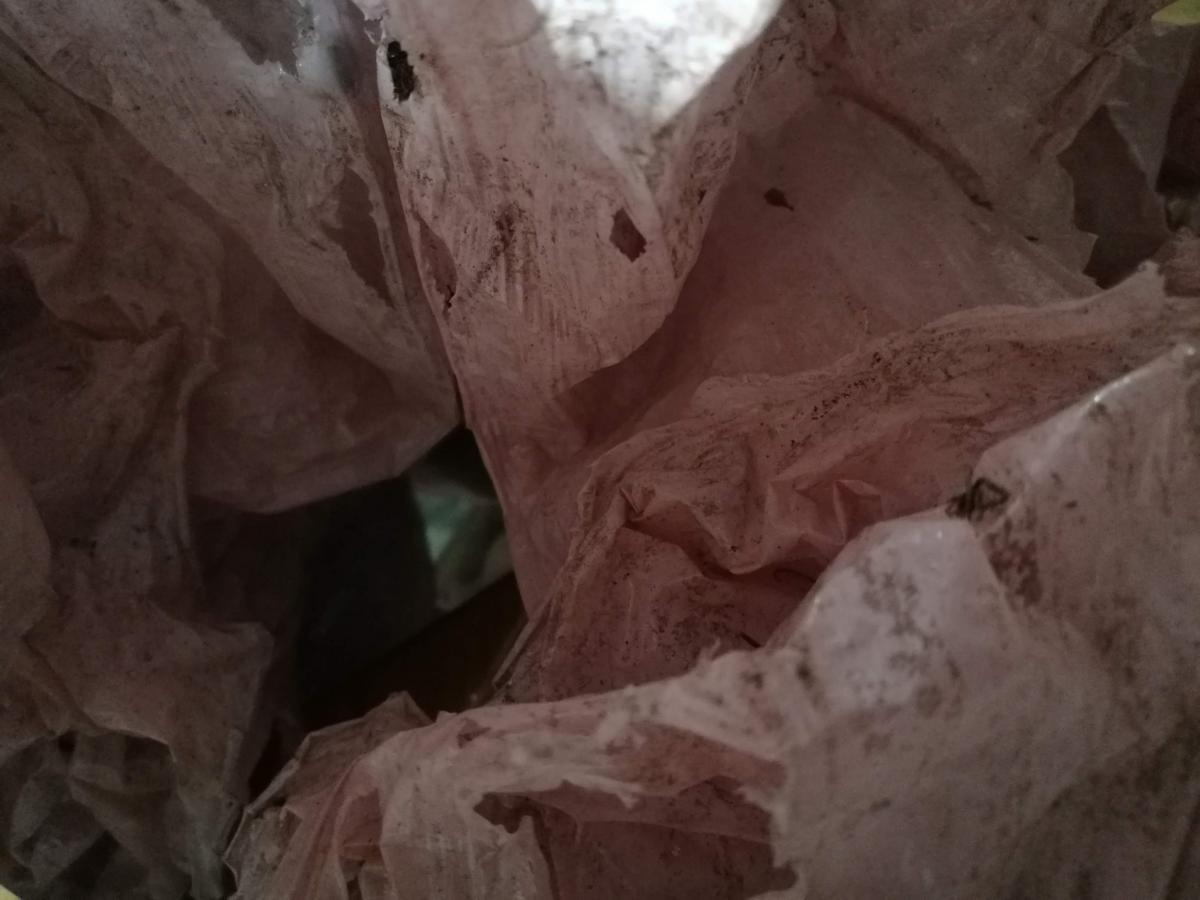Dead plants wrapped in plastic

I have a sketch on my work table, made earlier this year. I was thinking about flying at the time, if I remember correctly. There are pale cotton threads, thin strings that connect to each other in a somewhat disorderly tangle. They hold suspended the fragile forms of dried-up sage leaves and lemongrass stalks. Four bent wires stuck into a scrap of wood anchor the floating strands. I didn’t plan or ponder this one so much, it was made quickly and roughly but I like to look at it. It reminds me of something important, though I can’t explain what exactly. If I knock against the table the leaves tremble and shiver. If I sigh they drift a little through the air. I found the herbs in a white plastic bag in the fridge at school. Someone had abandoned them over the holidays. It’s always a bit of a risk to explore the forgotten contents of a fridge, especially one used by so many. I approached it with caution and curiosity. Through the bag I saw the pale yellow of a dehydrated lemon and some soft green shades. When I opened the bag a faint, refrigerated scent of sage and citrus was released, the full strength of their perfume dampened by the cold. Dead plants wrapped in plastic. I considered it a lucky find.
When I think about plastic and the bag in the fridge, I remember a comment made by a guest lecturer during a recent studio visit, “But of course plastic is made of tiny dead animals.” It was the way she said it that stuck in my head, a simple reiteration of a fact. There were strings of plastic hanging from my studio walls at the time and after she left I felt that if I looked closely enough I would see the tiny plankton swimming on their surfaces. I envisioned a plastic bag tumbling in the wind, becoming a danse macabre of the fossil era. A darkly beautiful floating mass of deceased sea creatures.
Now a work by Maggie Madden comes to mind, A Great Expanse, 2014. In this piece Madden uses plastic bags, biodegradable bags, bubblewrap, scotch tape, brown tape and wood. I visited an exhibition of Madden’s work in the Limerick City Gallery of Art a couple of years ago and I found it beautiful but slightly troubling. Beautiful, I thought because of the colours, the delicacy and the soft movement of air that the bags revealed. Troubling because I felt like there was no criticism voiced in relation to this harmful material and it bothered me. Of course it wasn’t the point of the piece and I nod to Madden’s use of found and recycled materials, I suppose it reminded me of a reluctance I have to use certain materials in my own work and the question of foregrounding these choices and their associations or not. An ongoing internal debate.
Cáit Ní Dhuinnín studies Time and Space Arts in Kuvataideakatemia. This blog documents her thoughts and processes during the preparatory period for the Kuvan Kevät exhibition.
Kirjoittaja: Caít Ní Dhuinnín
Approaching Kuvan Kevät and thinking beyond. A blog documenting thoughts and processes during the preparatory period for the exhibition.
Asiasanat: #Blogi #KuvanKevät #Kuvataideakatemia #Opiskelijatarina #Taide #Tila-aikataiteet
Kuvan Kevät -blogi
Kuvan Kevät -blogissa pääset seuraamaan Kuvataideakatemian maisterinäyttelyyn valmistautuvien opiskelijoiden ajatuksia ja elämää. Blogiin kirjoittavat vuonna 2020 maisteriopiskelijat Eva Lamppu ja Val Smets.
Kuvan Kevät -maisterinäyttelyyn osallistuu pian valmistuvia taiteilijoita Kuvataideakatemian kaikilta opetusalueilta (maalaus, kuvanveisto, taidegrafiikka ja tila-aikataiteet).
Kevään poikkeustilanteen vuoksi Kuvan Kevät on siirretty syksylle 2020 (10.10.-8.11.2020).
Uusimmat julkaisut
Seuraa blogia